Aging Skin Treatment in New York, New Jersey & Connecticut
What is Aging Skin/Wrinkles?
Aging affects the entire body, including the skin. When an individual ages, their skin may develop age spots and/or wrinkles. There are two different types of skin aging: intrinsic and extrinsic. Wrinkles are what happen when the underlying structures of the skin begin to deteriorate. Collagen and elastin fibers keep the skin taut and when these structures fail the skin starts to sag. While a decrease in new collagen production can come with age there are many factors that determine when you start to see wrinkles.
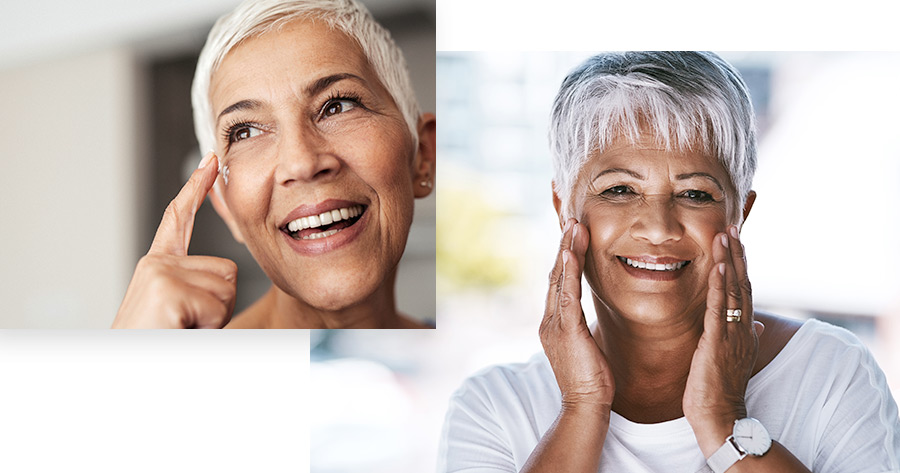
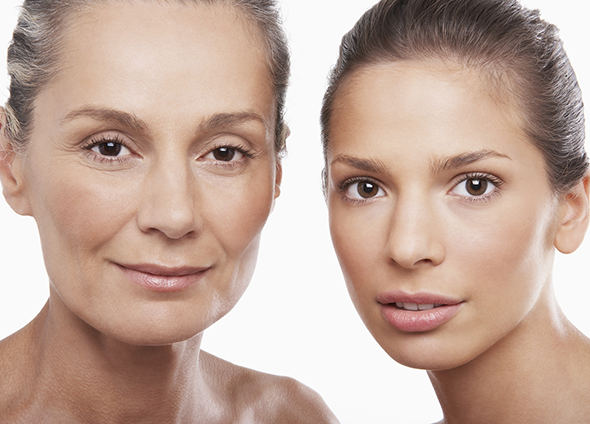
What causes Aging Skin?
Intrinsic aging occurs as a result of natural factors that usually begin when an individual is in their mid 20s. During this time, collagen and elastin production slow beneath the skin. These changes may cause fine lines, wrinkles, thinning of the skin, gray or white hair, hair loss, excessive body hair, and other skin imperfections. The exact onset of visible signs associated with intrinsic aging varies from person to person depending on underlying medical conditions and hereditary factors.
Extrinsic aging occurs as a result of external factors, such as:
- Sun exposure – without adequate protection, several minutes of daily sun exposure are enough to cause visible effects to the skin. Skin cancer, actinic keratoses, spider veins, wrinkles and freckles can occur as a result of sun exposure over time.
- Smoking – studies show that individuals who smoke cigarettes daily over the course of a decade are at a heightened risk of developing wrinkled, yellowish, leathery skin. These unwanted changes are the result of biochemical changes associated with cigarette smoking that speed up the signs of aging.
- Gravity – gravity constantly pulls on the skin and especially affects individuals in their 50s. These effects may present themselves as sagging eyelids, enlarged ears, drooping of the nasal tip, and jowls.
- Sleeping position – Believe it or not, sleeping with the same side of the face on the pillow causes sleep lines to develop. These sleep lines can eventually turn into permanent wrinkles.
https://abcnews.go.com/GMA/video/caring-skin-summer-weather-39124594
Does diet affect aging and wrinkles?
A diet with a high amount of sugar may contribute to premature aging through a process called glycation. Sugar by-products build up over the years and eventually the affects will be visible in your skin. This is just a normal part of aging, for the most part. Many kinds of healthy foods have sugar in them and glycation happens naturally regardless. It really is a matter of controlling the extent of the damage by limiting your intake of processed sugars.
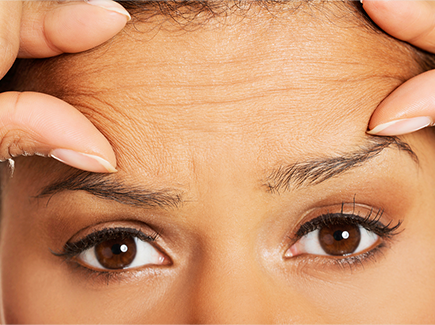
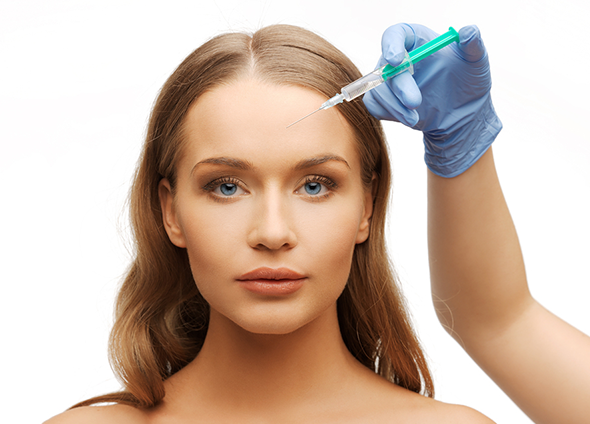
Regardless of their cause, treatments are available to minimize the appearance of wrinkles and other signs of aging. Botox or injectable fillers can reduce wrinkles in a minimally-invasive manner, with no downtime required. Their results can last anywhere between 3 months and 2 years.
Lasers may also be used to treat aging skin; commonly used lasers include Pixel, Fraxel and CO2 resurfacing. The Pixel and Fraxel lasers send multiple beams of light through the skin, creating a matrix of microscopic zones treated by the laser’s heat. The CO2 laser uses ultrapulsed light beams that remove thinning sections of skin with minimal disruptions to surrounding tissue. As the skin heals following laser treatment, natural collagen production is boosted beneath the skin, providing patients with rejuvenated, youthful-looking skin.
Our dermatologists and plastic surgeons will develop a customized treatment plan based on your specific concerns and medical history. Please call to schedule a consultation with one of our cosmetic surgeons to seek appropriate treatment for your aging skin.
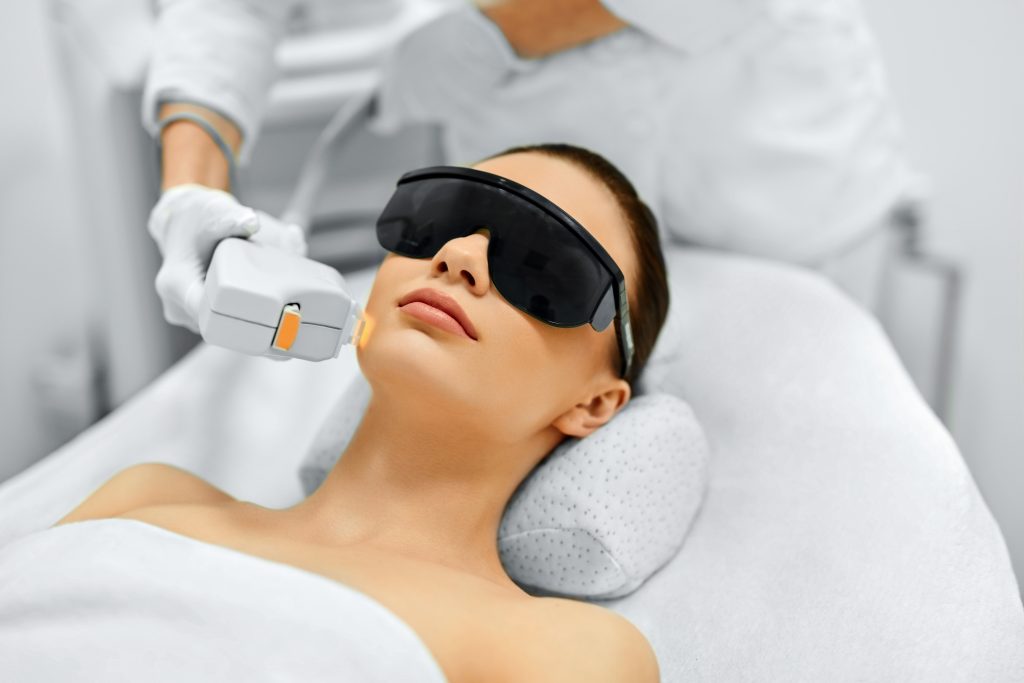
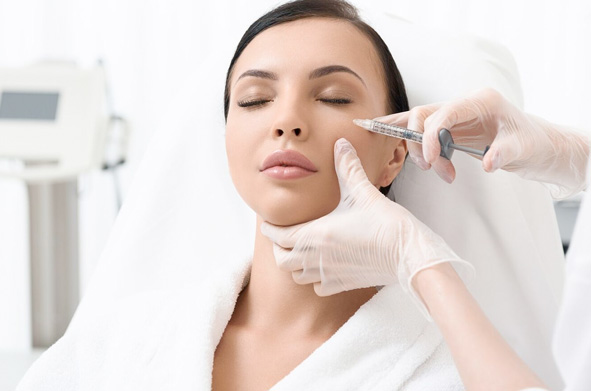
Injectables
Injectables are available to treat both wrinkles that come from facial expressions and volume loss. Botox, Dysport, and Xeomin (three similar products with the same use) paralyze the muscles that cause certain facial movements. By stopping these movements, you prevent wrinkles from showing up in areas like crow’s feet, between your eyebrows (glabellar region) and on your forehead. Botox, Dysport, and Xeomin all use a variation of botulinum toxin as the active ingredient that paralyzes the muscles.
Skin tightening devices
Skin tightening devices use different technology to cause the skin to return to a more taut and youthful state. Ultherapy uses ultrasound heat to target the deeper layers of the skin and stimulate new collagen growth. ThermiSmooth uses radiofrequency heat to tighten skin and is particularly effective around the eyes but also can be used on other areas of the body.
Laser skin resurfacing
Skin resurfacing involves removing dead and damaged skin cells so that new skin cells can grow. Years of sun exposure can lead to spots, discoloration, and other damage which, when corrected, can give you a more youthful appearance. There are different kinds of lasers that are used including Fraxel and Pixel which vary in intensity. The laser your dermatologist will use depends on your particular skin concern and how much downtime you are willing to have. A laser like Fraxel may require multiple treatments to see the best results. Some more intense lasers can provide better results in only one treatment but may result in a longer healing process. Most of the laser treatments will require you to at least avoid sun exposure while the skin heals. The pros and cons of any treatment are something you should discuss with your dermatologist. Advanced Dermatology, P.C. has many board-certified dermatologists who are experts in laser treatments – so schedule your consultation today!
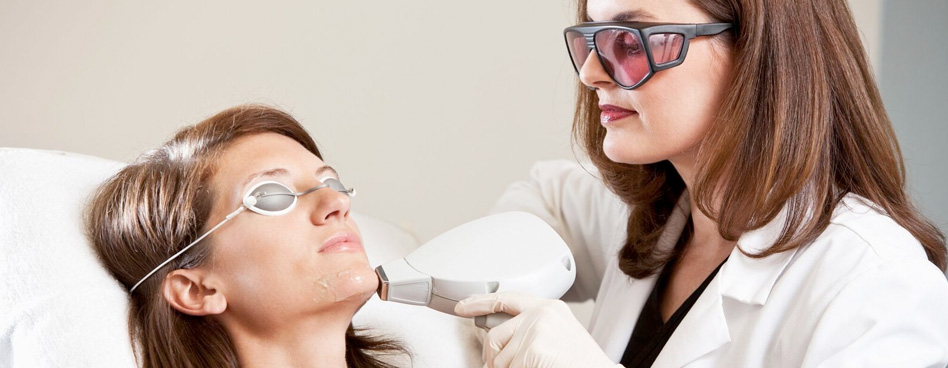
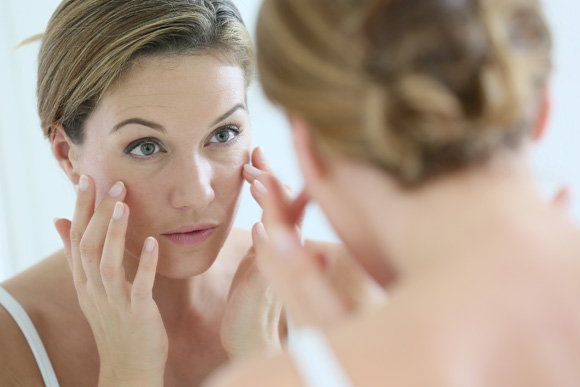
Common Signs of Aging Skin
The most common signs of aging are photodamage, age spots, hand veins, wrinkles around the eyes, and wrinkles around the mouth. Read below to learn more.
Photodamage
Photodamage occurs after years of sun exposure. It may cause discoloration, enlarged blood vessels and/or pores, coarse skin, freckles, or spider veins. It is a common misconception that photodamage only affects individuals that consistently use tanning beds or go to the beach. On the contrary, photodamage can occur as a result of incidental exposure, from activities such as driving in a car or attending an outdoor sporting event. Non ablative lasers are typically used to treat photodamage, restoring skin to a more youthful state.
Age Spots
According to the American Academy of Dermatology, 90 percent of discolorations, fine lines and wrinkles occur as a result of sun exposure. Also known as liver spots or sunspots, age spots appear on the backs of the hands and other areas of the skin that are commonly exposed to the sun. Laser treatment or photorejuvenation may be used to treat age spots.
Hand Veins
As people age, their hands lose fat tissue and their skin starts thinning. This causes veins to appear more prominently on the hands. Sclerotherapy, lasers, or injectable fillers may be used to treat hand veins.
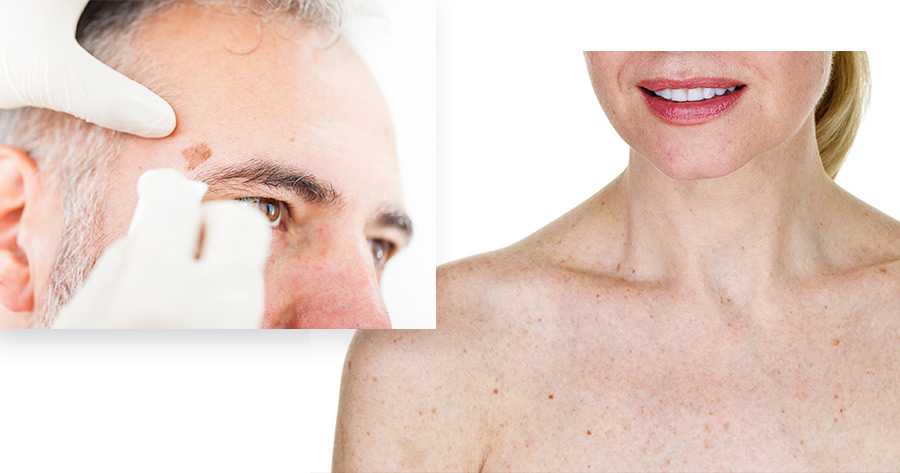
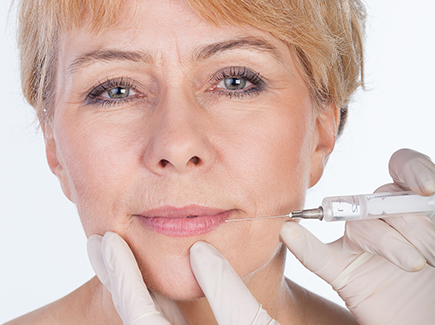
Wrinkles Around the Eyes
Smiling, frowning and other facial expressions are part of daily life. Each time a facial expression is made, grooves form under the skin. As skin ages, it loses its elasticity, leaving permanent wrinkles around the eyes. These wrinkles may include crow’s feet, which extend from the outer corners of the eyes, or glabellar lines, which are vertical lines between the eyebrows. Laser treatments can be used to reduce crow’s feet, while Botox injections can be administered to reduce glabellar lines.
Wrinkles Around the Mouth
Aging leads to the formation of wrinkles and fine lines around a person’s mouth. Smokers are especially susceptible to developing wrinkles around the mouth, as the chemicals from cigarette smoke and the puckering motion associated with smoking speed up the aging process. Injectable fillers are typically used to treat wrinkles around the mouth; their results last anywhere between 3 months and 2 years.
